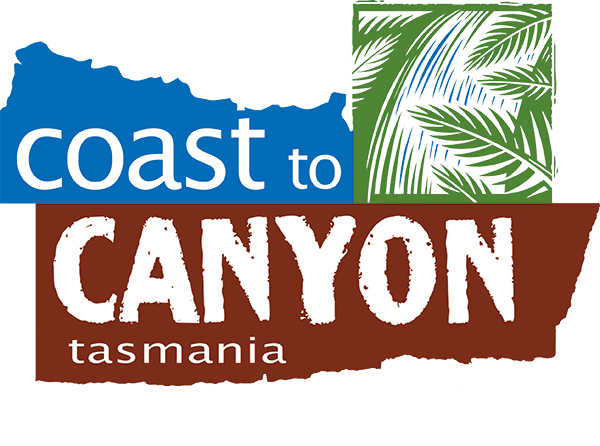*Please click headings below for more information;
Quality of Life
Central Coast offers a quality of life that is second to none - one reason why we attract so many tourists each year and one reason why people are choosing to relocate here from elsewhere in the state and Australia.
Being a rich agricultural area, it goes without saying that our produce is world class.
The area also provides excellent amenities for comfortable and satisfying living. Educational, cultural, sporting and recreational facilities are available locally and throughout the state.
Beaches are safe and spacious and large areas of parkland cater for passive recreation. Bushwalking, mountaineering, stream fishing, canoeing, etc., can be enjoyed in the hinterland and coastline and the Forth and Leven Rivers provide a suitable environment for water sports such as yachting, skiing and rowing.
If the 'bright lights beckon', Central Coast is little more than an hour's flight from Melbourne - one of the great cosmopolitan cities of the world.
We are proud of our strong community spirit - there are dozens of community organisations, clubs and societies and most people are anxious to involve themselves in the community somehow..
Location and Climate
As the name implies, Central Coast is situated in the centre of the northern shores of Tasmania, Australia's island state. The municipal area lies at a latitude of 41° 30' south, and a longitude of 146° and covers an area of 932 sq.km.
Central Coast enjoys a maritime temperate climate, which means that extreme weather conditions are very rare. In summer, the days are long and pleasantly warm and generally sunny; the nights are generally cool. The average maximum temperature in mid summer is 20.6°C and the average minimum is 11°C. In mid winter the average maximum is 11.5°C and the average minimum is 3.6°C. Winter mornings are frequently clear and frosty!
Rainfall in the area is generally reliable, averaging 985mm (38 inches) a year.
Brief History
The two principal towns in the Central Coast municipal area are Ulverstone and Penguin. Explorers from the Van Diemans Land Company first surveyed the area in the 1820s. At that time, the area was densely wooded and it was this that attracted the first settlers. Timber splitters arrived in 1840 to work on the forests, and timber milling rapidly became one of Ulverstone's major industries. Agriculture developed on the rich basalt soils of the cleared land and it remains critical to the area's economy.
The first shop was opened in Ulverstone in 1854 and by the end of the 19th Century there were some 50 businesses established in the area. In 1947, International Canners Pty Ltd commenced operations at the Dewpearl Dehydration Factory at Ulverstone. This factory is now operated by the international business Simplot and it has evolved into one of the largest potato processing plants in the Southern Hemisphere.
Town Boards and Trusts managed local affairs until 1906 Local Government Act established the Municipalities of Ulverstone and Penguin. In 1993, these two municipalities were merged with the townships of Leith and Forth to create the Central Coast municipal area.


